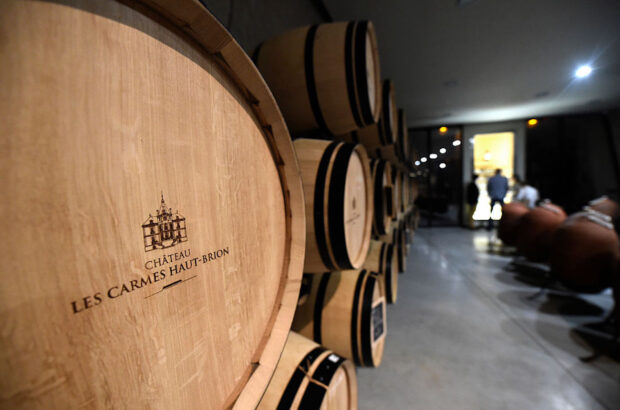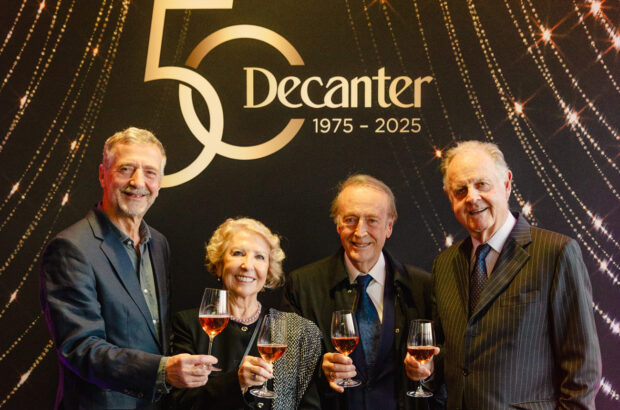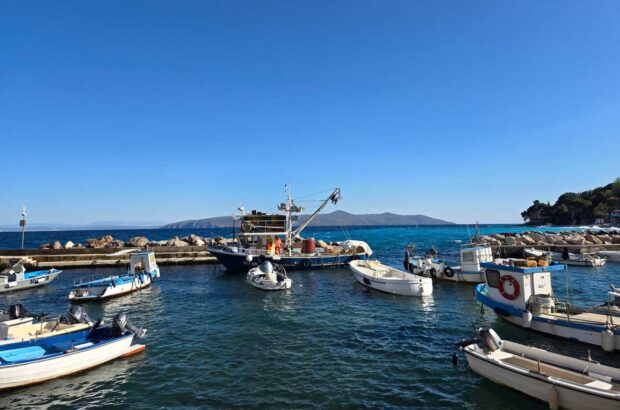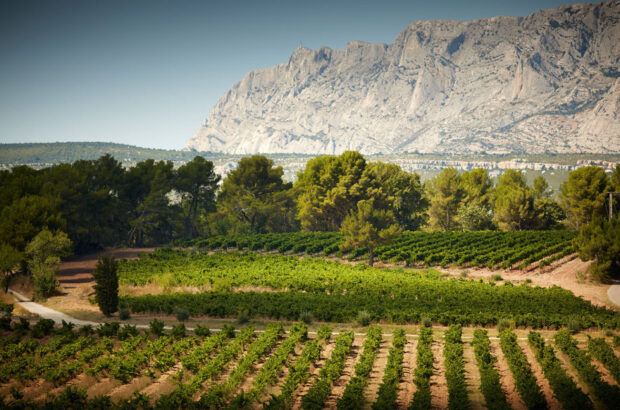Corriedale sheep snack on weeds among rows of vines; along the way, they fertilise the soil, adding nitrogen, phosphorus, and calcium. Owls and bats swoop from vineyard boxes from dusk ’til dawn, eliminating vine-root-eating gophers and grapevine moths.
Native flowering plants create sanctuaries for beneficial insects. Such a menagerie of wildlife would have been unlikely decades ago. Still, the commitment to organic and biodynamic viticulture has pushed some California wine producers to look to nature to enhance vineyard health, the environment, and their wines.
Situated on the ridges of volcanic soil at higher elevations in Northern California’s Lake County wine region, Clay Shannon of Shannon Family of Wines operates over 1,000 organic acres of vineyards and is passionate about the environment.
The good shepherd
Although he is in his fifth year of farming organically, the lifelong vineyard manager and wine producer is bringing significant changes to this under-the-radar wine region with ‘woolly feeders.’
‘We have to put some footprints in the vineyards, an old term people have forgotten about,’ said Shannon, who grew up on his grandparent’s sheep farm in Sonoma County. He is also referring to the impact of humans on the earth’s ecosystem.
His sheep are at the heart of the winery’s regenerative agriculture approach and also of his appropriately named ‘Ovis’ label.
‘These are smart animals; they are delicate on the land, and they do a good job keeping the grass down and the understory of the oak forest clean,’ said Shannon. His flock of 1,700 sheep graze the vineyard rows thrice yearly to control the weeds that fight for the vines’ water and nutrients. Employing sheep also promotes carbon sequestration in vineyards and provides natural regulation of disease and pests.
‘Sheep add fertility to the land,’ added Shannon. ‘Five pounds (2.2 Kg) per day, per animal.’
Reintegrating farm animals into crop production yields considerable benefits. Tractor usage is reduced as sheep hooves integrate manure into the soil. Shannon explains that the sheep control the weeds by eating grass and vine leaves, providing 20% protein. Ewes produce milk for lambs, and the pasture-raised meat is sold.
‘This is what we call sustainability,’ he said.
Sustainable pest management roadmap for California
While environmentally-conscious wine producers like Shannon are making a difference in California, so is the state which recently announced its long-range commitment to promoting ecosystem resilience.
The sustainable pest management roadmap for California was released by the Department of Pesticide Regulation, the California Environmental Protection Agency, and the California Department of Food and Agriculture. It charts a course for California’s elimination of high-risk pesticides by 2050.
Yet, wine producers like Sam Coturri of Enterprise Vineyards in Sonoma County, whose family oversees 35 estate vineyards, and produces their own label, Winery Sixteen 600, have been farming organically since 1979.

Vineyards at Winery Sixteen 600
Old school sustainability in Sonoma
‘If there is one thing that is absolute, the most important is that we grow grapes for half the year, and the other half of the year, we grow soil,’ said Coturri. ‘It starts in the vineyard – intensive, regenerative, certified organic farming is the key to capturing a sense of terroir, the key to longevity, farming, and ethically conducting business.’
Their support of the environment, too, has ‘organic’ roots.
‘It was a natural progression,’ said Coturri. ‘My father [Phil Coturri] was a child of San Francisco in the 1960s with a hippie-back-to-the-land-ethos combined with family history in the wine business. A lot of credit goes to one of his vineyard clients. The tenant didn’t want their children playing where chemicals were sprayed.’
Located on Sonoma Mountain, this became their first organic vineyard – the beginning of their commitment to land stewardship – from which today they produce their Dos Limones Syrah.
The Coturris farm organically. They are enhancing the environment in and around the vineyards to retain natural balance while keeping pest populations in check. This is accomplished through cover crops and insectaries, birdhouses, owl boxes, and raptor perches, managing wildlands, and hands-on farming to keep vines at their optimum health to remain resilient against pests.
‘We believe that is not only the right thing to do for the vineyard and people but also the right thing to do for making great wines,’ said Coturri.
With this long-standing philosophy, it’s not surprising that the Coturris are supporters of ‘Slow Wine’ the offshoot of the Slow Food movement originated in Italy by Carlo Petrini in 1989 in response to the growth of industrialised foods.
‘It’s the antidote to the fast food world, and to carry that analogy to the wine world means taking time to care and to know what we are putting into our bodies. It’s so important and intuitive,’ said Coturri.
Similarly, intuition came to Brandon Sparks-Gillis of Santa Barbara County’s Dragonette Cellars through food. Sparks-Gills was an artisan bread baker before he entered the wine business. Today, he and his partners, brothers John and Steve Dragonette, focus on small lot wines that express the diversity of soils and climate in their many single vineyards, such as the Duvarita Vineyard, which has been farmed biodynamically for over a decade.
‘It was my growing interest in food and wine, particularly travels in Italy, that made me realise that the food we eat and the wine we drink create the landscape that surrounds us,’ said Sparks-Gillis. ‘First food, then later via wine. Protecting our beautiful landscapes is a strong priority at Dragonette, and we are thrilled that Slow Wine is expanding its reach.’

Cover Crop at Winery Sixteen 600
A SLOW beginning
The US Slow Wine Guide creates this awareness and is the key to matching eco-conscious wine producers with like-minded wine drinkers. The guide is available in digital and print form. It showcases wineries in California, Oregon, Washington, and New York. The guide considers wine quality, adherence to terroir, value, and environmental sensitivity, such as eliminating synthetic herbicides.
‘The guide had mostly been marketing to the trade, but the tipping point is it’s a guide for consumers who prioritise land stewardship,’ said Slow Wine Guide US editor Deborah Parker Wong. ‘We have become advocates for producers that want to farm transparently. And we list many organic and biodynamic farms that are not necessarily certified. We are inclusive. Consumers deserve to know about them as well.’
Wineries featured in the guide range from tiny one-person outfits to large producers. For consumers who are attentive to environmental sustainability issues, the resource opens the opportunity to support the movement. And make thoughtful wine choices, and discover new wines.
Sparks-Gillis agrees that awareness will help to communicate the efforts of wine producers that are working to make a difference.
‘A lot of it is awareness,’ said Sparks-Gillis. ‘We need to be more proactive than reactive. We want the land to remain in agriculture and escape development. I’m optimistic that we’ll ban glyphosate herbicides within our lifetime. This is our farming philosophy, but also our personal philosophy.’
Wine producers focus on rebuilding organic matter and biodiversity in soil. Ridding it of all synthetic inputs, thereby increasing the quality of fruit year after year. This growing urgency to enhance wine quality while doing the least harm to the environment is adding positive contributions to the local landscape. As ‘footprints’ are being put into the soil – step by step – in the golden state.







